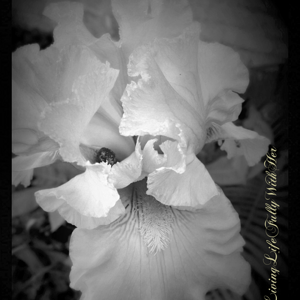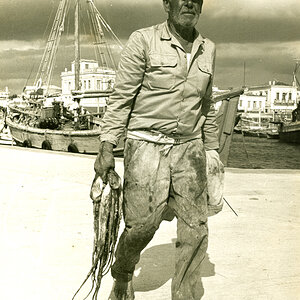delko
TPF Noob!
- Joined
- Nov 10, 2011
- Messages
- 113
- Reaction score
- 2
- Location
- South africa
- Can others edit my Photos
- Photos OK to edit
Hey
ISO.
Can someone clear up some frustration.
Ok so i know ISO is like the film speed.
The rate of the light that enters the camera...
So a low ISo like 100 will give a very smooth photo with less noise as a 1600 iso will have much more noise.
Do you ussualy select your ISo manual or automaticly?
I know it is part of the exposure triangle....
Can anyone give me some tips on ISo.
Any unexpected effects and art effect that can be used when thinking about ISO.
Thank you
ISO.
Can someone clear up some frustration.
Ok so i know ISO is like the film speed.
The rate of the light that enters the camera...
So a low ISo like 100 will give a very smooth photo with less noise as a 1600 iso will have much more noise.
Do you ussualy select your ISo manual or automaticly?
I know it is part of the exposure triangle....
Can anyone give me some tips on ISo.
Any unexpected effects and art effect that can be used when thinking about ISO.
Thank you


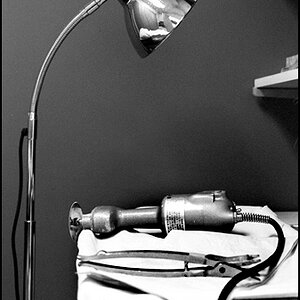
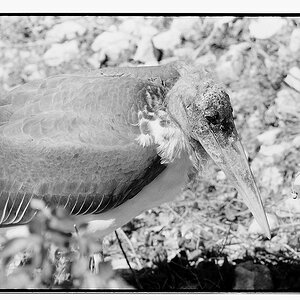
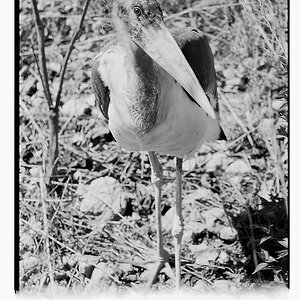
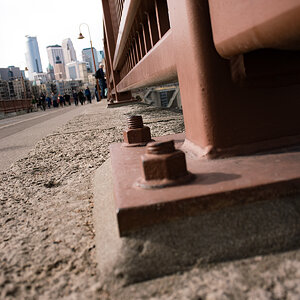
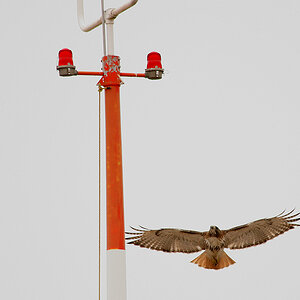
![[No title]](/data/xfmg/thumbnail/39/39438-1eb8b5f82b59d9d0c72ae9025778ed4c.jpg?1619739032)
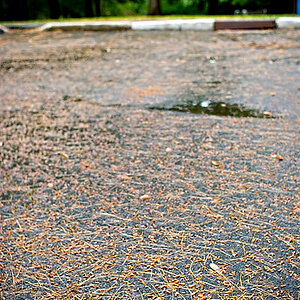
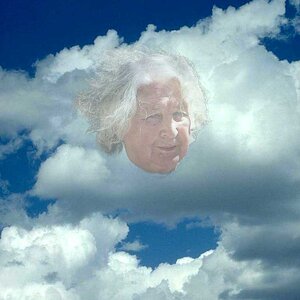
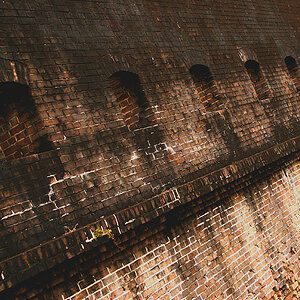
![[No title]](/data/xfmg/thumbnail/34/34145-b89ccc67a24004d6d7a9026a7395914b.jpg?1619736318)
